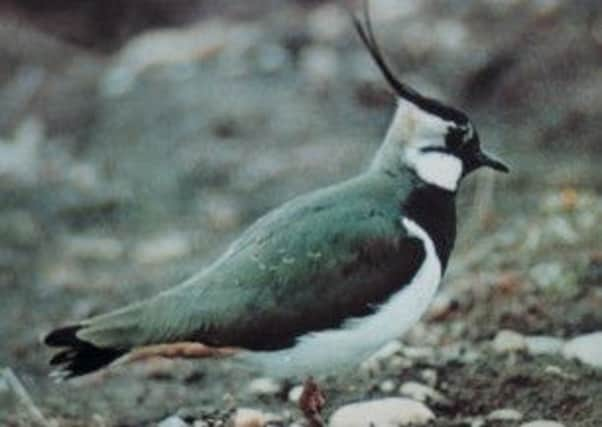Upland ploverssweep in to theSussex coast


Soon they will come in if we have hard weather and what with the new inland sea of Medmerry at Bracklesham Bay just west of Selsey, there will be a lot more than usual.
There is another huge flock at Thorney Island Great Deep near Emsworth. What a wonderful sight it is when these upland plovers sweep south from the fells and moors of the north and come down to the Sussex coast for the winter.
Advertisement
Hide AdAdvertisement
Hide AdIf the wind goes seriously easterly they will swarm over the north sea from the Baltic too. November and January seem to be the peak months for them here. The county total could be as high as ten thousand then. The record seems to be 25,000 in January 1976, even though that count was said to be very incomplete.
Whilst working on radar in the RAF I always knew when hard weather was threatening the East Coast because enormous flocks of lapwings strung out in several lines over a forty mile wide front would precede the snow fronts by fifty miles as the birds fled Scotland’s firths on their way to Kent.
I could watch them go all the way down the Type 80 radar tube as I sat in the warm comfort of the underground bunkers. Coming up into the fresh air of the frozen winter landscape one could see that the birds were right.
A blizzard would be howling off the grey sea freezing us solid. By then it was a bleary dawn and that overnight passage of peewit were probably down on the Somme already.
Advertisement
Hide AdAdvertisement
Hide AdNow that peewits are in the category “Red listed species of high conservation concern” in Britain as a breeding species, the winter counts need to be accurate; the spring breeding counts even more so.
So how do you count them as they float high above changing their flock shape second by second? I have tried photographing them and then projecting the slide onto a large screen and counting every single bird.
But what I eventually discovered with this laborious method is that my rapid counts on the marsh were just as accurate.
What you do is decide what one hundred birds look like by doing 5 x 20 counts, then multiplying your 100 flock count. In a few seconds you’ve got their number.
Advertisement
Hide AdAdvertisement
Hide AdIn this case I check and treble check and always come out with the same figure.
Last winter I had a thousand peewits and above those several hundred golden plover as well at Pagham Harbour, all along the north wall as they got a bit of exercise during the high tide flood.
As the tide dropped, so did they, and soon became invisible among the spartina grass and sea purslane.
Only then did that lovely green colour on the back make you realise why their other name is green plover, as shown in the photograph.